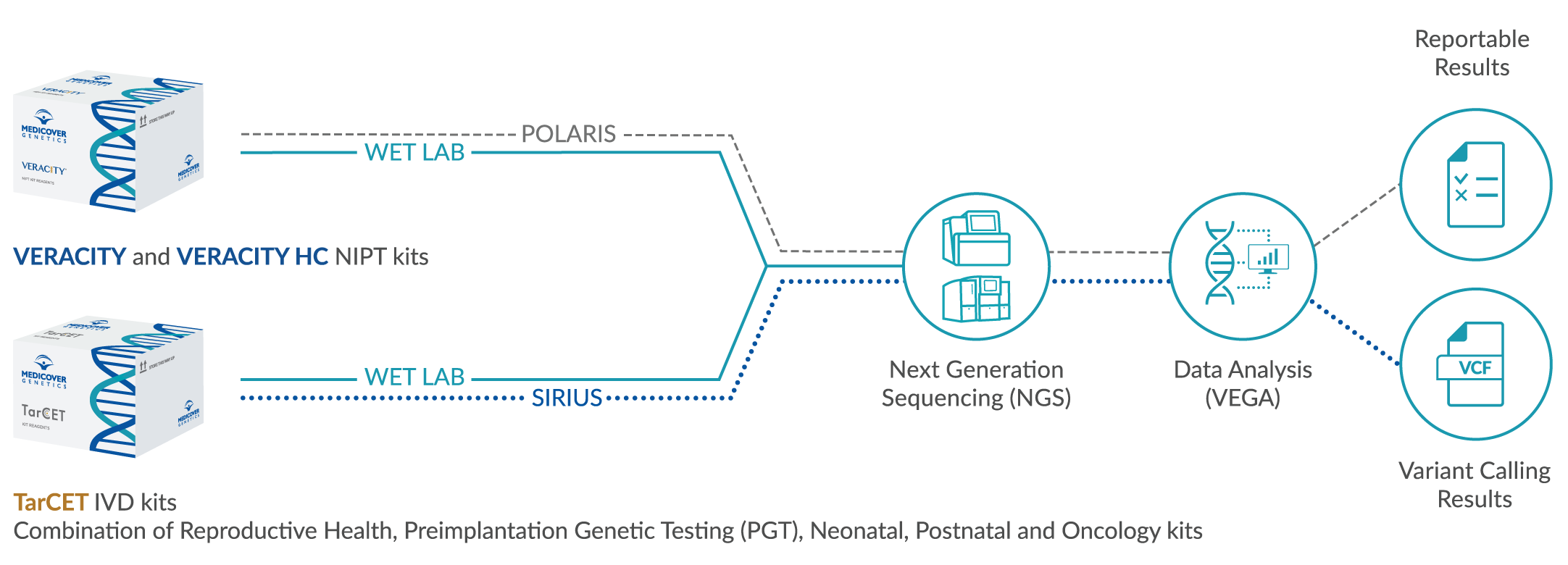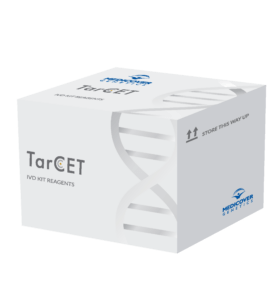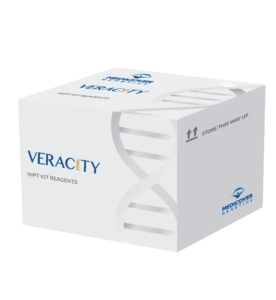Scientific Background
With about 30,000 new cases every year, bladder carcinoma is one of the most frequent malignancies. The median age of onset is 73 years for men and 75 years for women, with men being affected three times more often. Besides genetics, other risk factors include the handling of aromatic amines, smoking, chronic urinary bladder infections and radiation therapy.
Most bladder carcinomas are diagnosed in patients with macroscopic hematuria. In >90% of cases, urothelial carcinomas often with multifocal occurrence are involved. Bladder carcinomas develop in two different ways and lead to non-muscle invasive tumors (NMIBC) that are histologically classified as papillary, and non-papillary muscle invasive tumors (MIBC) with an increased risk of metastasis. At the time of diagnosis, about 75% of all bladder tumors are restricted to the urothelium or the lamina propria (~70% Ta, ~ 20% T1, ~ 10% Tis) and about 25% have already infiltrated into deeper layers of the bladder. There is a correlation between tumor grade and tumor stage: superficial tumors are low grade, invasive tumors are high grade. Due to the high recurrence rate of NMIBC, invasive control examinations (cystoscopy) are required on a regular basis.
GENOMIC ALTERATIONS
NMIBCs are characterized by activating variants in FGFR3 occurring early in the pathogenesis as well as variants in HRAS (~10%). Variants in FGFR3 are found in low-grade NMIBC in 66% of Ta and 37% of T1 tumors. The activation of FGFR3 may occur in some cases through chromosomal translocations. The resulting fusion genes with TACC3 or BAIAP2L1 lead to the formation of potent transforming oncogenes. The detection of FGFR3 variants in urine sediments can therefore be used as a marker for recurrence. Variants in the tumor suppressor gene TSC1 (15%) and in PIK3CA (16-25%) are also found in NMIBC, the latter often correlating with variants in FGFR3. Furthermore, in 50% of cases chromosome 9 is deleted. The CDKN2A gene located in 9p21 encodes p16 and p14ARF. Further inactivating variants have been described in the STAG2, KDM6A, CREBBP, EP300 and ARID1A genes.
MIBC show predominantly inhibitory variants in the tumor suppressor genes TP53 (6-20%) and RB1 (~5%) as well as variants in the regulators of these signaling pathways, such as amplifications of MDM2 and E2F3 and homozygous deletions of CDKN2A. Variants in TSC1 (~10%), AKT1 and PIK3CA are also found in MIBC, but at a lower frequency than in NMIBC. In addition, RAS variants, variants in APC and deletions in PTEN can be detected in some cases of MIBC. MIBCs with variants in HER2 show a good response to neoadjuvant chemotherapy, while MIBCs with variants in ERCC2 respond well to cisplatin-based chemotherapy.
TESTS AND POSSIBLE THERAPIES
Checkpoint inhibitors are approved by the FDA for use in metastatic urothelial carcinoma (mUC). Determining tumor mutation burden (TMB) may be helpful in this regard such that a high TMB is associated with a response to checkpoint inhibitors. In patients with urothelial carcinoma, variants can be detected in gene loci associated with hereditary tumor diseases and DNA mismatch repair genes.
Besides the deletion 9p21 (CDKN2A), MIBC tumor cells in particular often show an increased copy number of all chromosomes, which can be detected by UroVysion-FISH analysis (Chr. 3, 7 and 17, locus-specific probe Chr. 9p21). The test, which has a sensitivity of 72% and a specificity of 83%, has been approved by the FDA to aid in the monitoring and diagnosis of bladder cancer. The combined morphological evaluation of urinary cytology and FISH increases the diagnostic sensitivity. For initial diagnoses, additional certainty regarding the presence of a bladder carcinoma can thus be achieved if cytology is unclear. For progress monitoring for previously diagnosed bladder cancer, the intervals between cystoscopy examinations may be shortened. However, a positive UroVysion test is not conclusive for the diagnosis of bladder carcinoma.
TARGETED PANEL
ERBB2, FGFR2, FGFR3, PIK3CA, Fusion genes: NTRK1/2/3, MSI
References
Miyake et al. 2018, Res Rep Urol;10:251 / Sanli et al. 2017, Nat Rev Dis Primers;3:17022 / Apolo et al. 2015, Am Soc Clin Oncol Educ Book, 35:105 / Skeldon et al. 2013, Eur Urol 63:379 / www.leitlinienprogramm-onkologie.de/fileadmin/user_upload/Downloads/Leitlinien/Blasenkarzinom/LL_Harnblasen-karzinom_Langversion_1.1.pdf / www.onkopedia.com/de/onkopedia/guidelines/blasenkarzinom-urothelkarzinom/@@guideline/ html/index.html





















